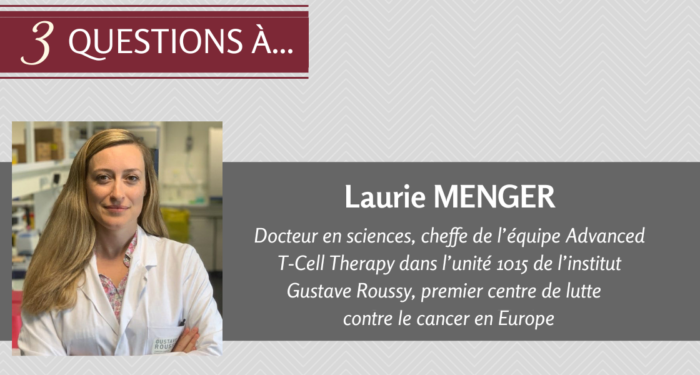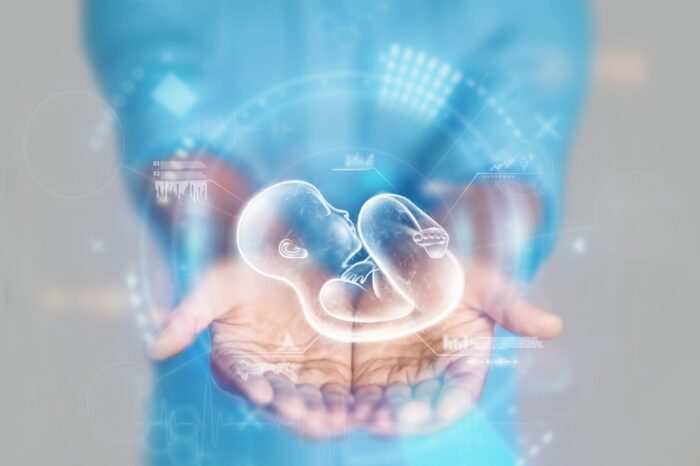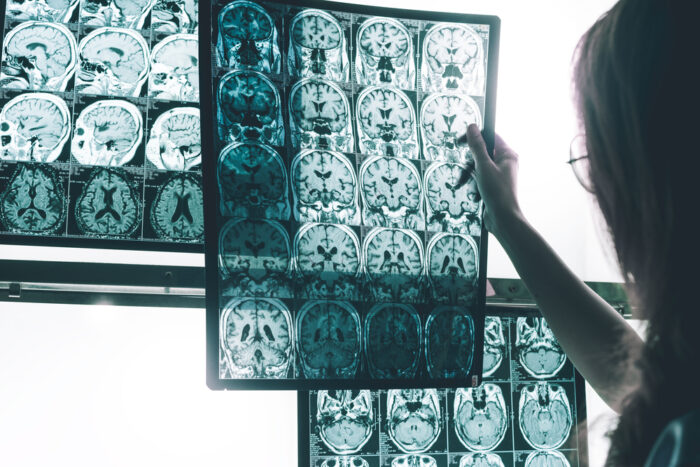As part of our second dossier on the human brain, Serge Picaud sets out how vision works by the retina and its photoreceptors transmitting the appropriate visual information to the brain. But he also shows that there are many pathologies of vision — some hereditary and others more complex — and, for some years now, the possibility of restoring a form of vision has been emerging.
Detailing current and potential scientific advances, Picaud demonstrates, for example, the progress achieved in terms of gene therapy which now makes it possible, particularly where there is hereditary pathology, to remedy cell degeneration by introducing a functional repair gene. No less impressive are cell therapy and artificial retinas (or retinal prostheses) that make it possible to restore the sight of patients who have lost their photoreceptors.
Impressive progress has been achieved in restoring the sight of individuals who were blind from birth or have fallen victim to various illnesses, including age-related macular degeneration (AMD) — more than a million individuals in France. And, indeed, sight plays a crucial role in brain activity and plasticity.




